Florence to pay cyber-criminals a $291,000 ransom after suffering ransomware attack.



Rice University researchers have demonstrated methods for both designing innovative data-centric computing hardware and co-designing hardware with machine-learning algorithms that together can improve energy efficiency by as much as two orders of magnitude.
Advances in machine learning, the form of artificial intelligence behind self-driving cars and many other high-tech applications, have ushered in a new era of computing—the data-centric era—and are forcing engineers to rethink aspects of computing architecture that have gone mostly unchallenged for 75 years.
“The problem is that for large-scale deep neural networks, which are state-of-the-art for machine learning today, more than 90% of the electricity needed to run the entire system is consumed in moving data between the memory and processor,” said Yingyan Lin, an assistant professor of electrical and computer engineering.
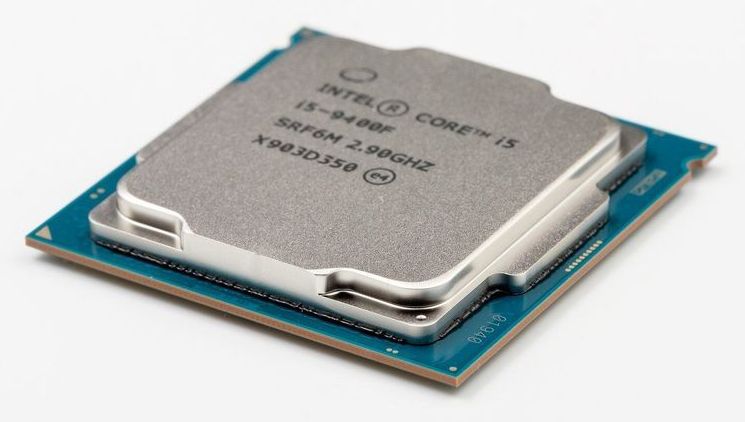
A pair of new security threats to Intel-based computer systems have been revealed. The beleaguered semiconductor chip manufacturer has faced a seemingly endless series of vulnerabilities over the past two years.
Although no known attacks have occurred, two teams of researchers have confirmed vulnerabilities in what is supposed to be the safest neighborhood within Intel processor architecture.
One attack, dubbed SGAxe, can gain entry into Intel’s Software Guard eXtensions (SGX) services that were specifically designed to protect critical data in the event of massive assault elsewhere in a system. A hacker theoretically can steal cryptographic keys stored in SGX and use them to break security measures protecting sensitive data such as financial records, copyrighted content or passwords.
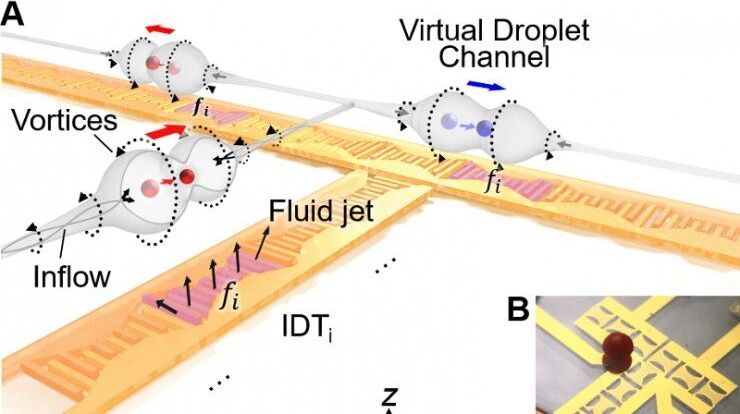
Engineers at Duke University have demonstrated a versatile microfluidic lab-on-a-chip that uses sound waves to create tunnels in oil to touchlessly manipulate and transport droplets. The technology could form the basis of a small-scale, programmable, rewritable biomedical chip that is completely reusable to enable on-site diagnostics or laboratory research.
The results appear online on June 10 in the journal Science Advances.
“Our new system achieves rewritable routing, sorting and gating of droplets with minimal external control, which are essential functions for the digital logic control of droplets,” said Tony Jun Huang, the William Bevan Distinguished Professor of Mechanical Engineering and Materials Science at Duke. “And we achieve it with less energy and a simpler setup that can control more droplets simultaneously than previous systems.”
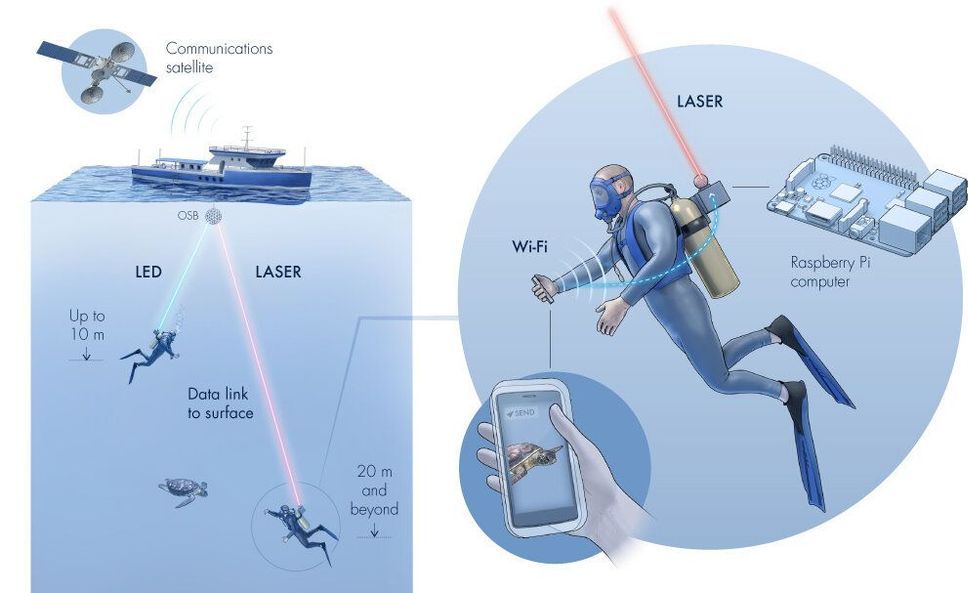
Aquatic internet that sends data through light beams could enable divers to instantly transmit footage from under the sea to the surface.
The internet is an indispensable communication tool, connecting tens of billions of devices worldwide, and yet we struggle to connect to the web from under water. “People from both academia and industry want to monitor and explore underwater environments in detail,” explains the first author, Basem Shihada. Wireless internet under the sea would enable divers to talk without hand signals and send live data to the surface.
Underwater communication is possible with radio, acoustic and visible light signals. However, radio can only carry data over short distances, while acoustic signals support long distances, but with a very limited data rate. Visible light can travel far and carry lots of data, but the narrow light beams require a clear line of sight between the transmitters and receivers.
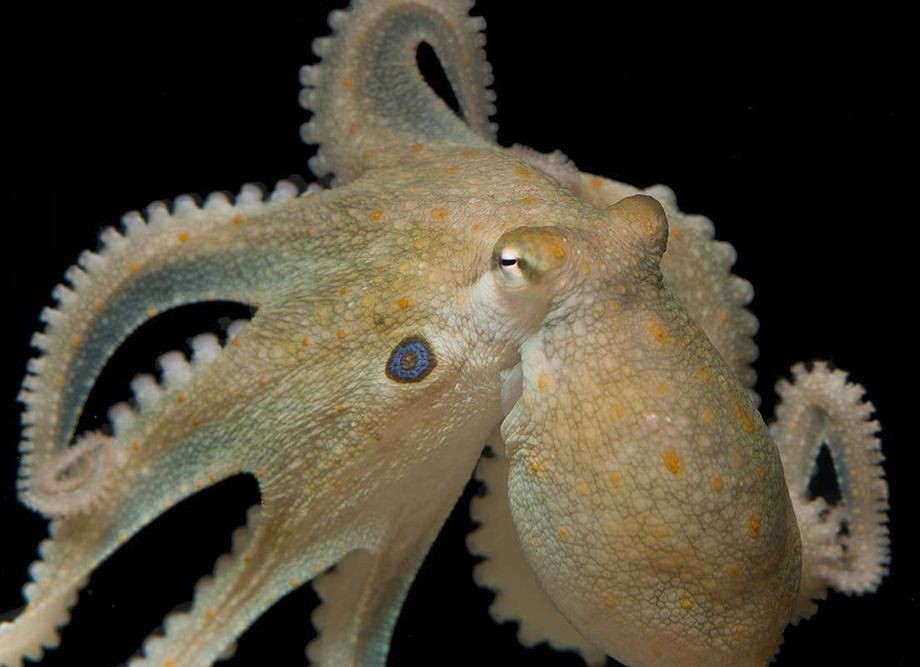
Circa 2017
Unlike other animals, cephalopods – the family that includes octopuses, squid and cuttlefish – do not obey the commands of their DNA to the letter.
Instead, they sometimes interfere with the code as it is being carried by a molecular “messenger”. This has the effect of diversifying the proteins their cells can produce, leading to some interesting variations.
The system may have produced a special kind of evolution based on RNA editing rather than DNA mutations and could be responsible for the complex behaviour and high intelligence seen in cephalopods, some scientists believe.
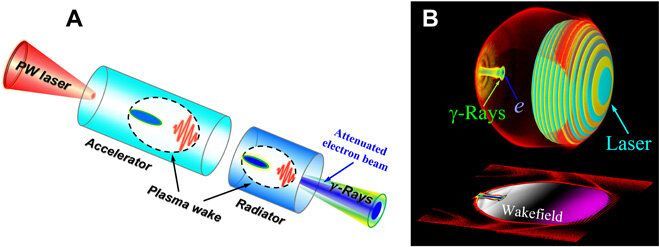
Laser-wakefield accelerators have led to the development of compact, ultrashort X-ray or gamma-ray sources to deliver peak brilliance, similar to conventional synchrotron sources. However, such sources are withheld by low efficiencies and limited to 107–8 photons per shot in the kiloelectron volt (KeV) to megaelectron volt (MeV) range. In a new report now published on Science Advances, Xing-Long Zhu and a research team in physics and astronomy in China and the U.K., presented a new approach to efficiently produce collimated, ultrabright gamma (γ)-ray beams. The resulting photon energies were tunable for up to gigaelectron volts by focussing a multi-petawatt laser pulse into a 2-stage wakefield accelerator. The high-intensity laser allowed them to efficiently generate a multi-gigaelectron volt electron beam with a high density and charge during the first stage of the experiment. The laser and electron beams entered a high-density plasma region in the second stage thereafter. Using numerical simulations, they demonstrated the production of more than 1012 gamma ray photons per shot with energy conversion efficiency above 10 percent for photons above 1 megaelectron volt (MeV) and achieved a peak brilliance above 1026 photons S-1 mm-2 mrad-2 per 0.1 percent bandwidth at 1 MeV. This research outcome will offer new avenues in both fundamental and applied physics and engineering.
Bright sources of high-energy gamma rays are versatile for broad areas of applications, including fundamental research in astrophysics, particle and nuclear physics, as well as high-resolution imaging. Researchers can improve such applications with compact gamma ray sources with low divergence, short pulse duration, high energy, and high peak brilliance. While widely used synchrotrons and X-ray free electron lasers (XFELS) can deliver X-ray pulses with peak brilliance, they are limited to low photon energies. The size and cost of such research structures can also limit their regular applications. Researchers have therefore rapidly developed compact laser-wakefield accelerators (LWFAs) in the past two decades to offer a radically different approach to drive the acceleration and radiation of high-energy particles on a much smaller scale. Continuous advancements in the field of ultrahigh-power laser technology will enable brilliant high-energy gamma sources.

Independent.co.uk
Cheese contains a chemical found in addictive drugs, scientists have found.
The team behind the study set out to pin-point why certain foods are more addictive than others.
Using the Yale Food Addiction Scale, designed to measure a person’s dependence on, scientists found that cheese is particularly potent because it contains casein.
Being able to put someone in a state of suspended animation may be a step closer after scientists found the trigger in mammal brains that can induce hibernation.
Researchers from the University of Tsukuba and Harvard Medical School identified the ‘snooze button’ in mice that triggered naturally occurring temporary hibernation.
This natural sleeping state was also triggered in rats, who do not usually hibernate or go into torbor, according to the Japanese scientists.

Paris (AFP) — Scientists have developed a human embryo “blueprint” using human stem cells, in a breakthrough that could provide vital insight into the early stages of infant development, new research showed Thursday.
Teams from the University of Cambridge and the Netherlands-based Hubrecht Institute said their model will allow them to observe never-before-seen processes underlying the formation of the human body.
The layout of humans — known as the body plan — happens through a process known as gastrulation, where three distinct layers of cells are formed in the embryo that will later give rise to the body’s three main systems: nervous, musculoskeletal and digestive.